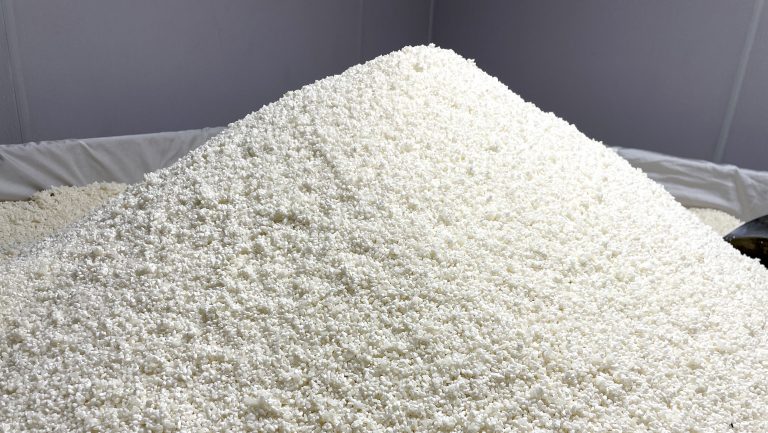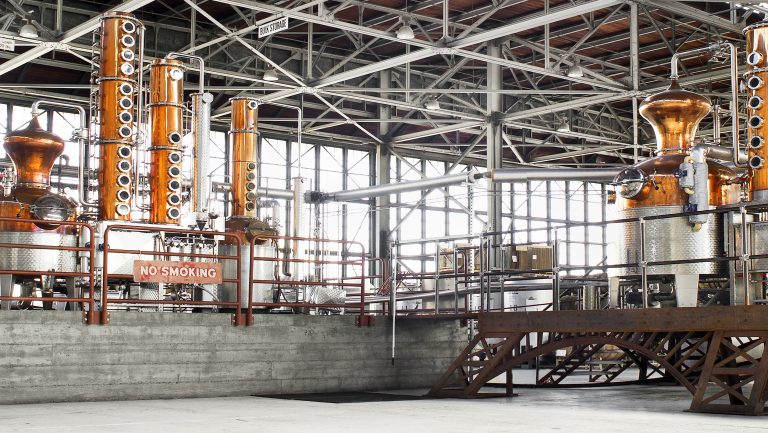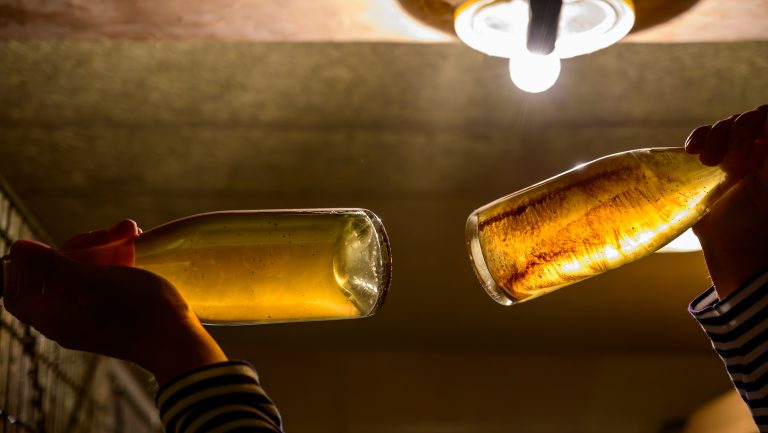For decades, salt has served one purpose and one purpose only behind the bar: to rim the glass of a cocktail. Stored in a small salt shaker with a piece of rice, a cardboard box with a metal pour spout, or a rimming tray soaked with lime juice, it was most commonly used to rim either a margarita or a Salty Dog.
Now bartenders and beverage managers are using salt beyond its once utilitarian function and exploring its myriad varieties—from artisanal salts that exhibit terroir, to flavored salts made by traditional processes or by enterprising new bartenders.
The author and entrepreneur Mark Bitterman, an expert on salt based in Portland, Oregon, applauds the use of it in cocktails but argues that the first thing to ask before adding it to a drink is, “Do we even know what salt is?”

Don’t miss the latest drinks industry news and insights. Sign up for our award-winning newsletters and get insider intel, resources, and trends delivered to your inbox every week.
What Is Salt?
Salt is sodium chloride (NaCl), or the mineral halite, a combination of sodium and chlorine. To geophysicist Mika McKinnon, an adjunct professor at the University of British Columbia, based in Vancouver, halite is one of the “good flavored minerals” and the second most edible (the first being ice).
Salt is found all over the world, in water bodies or formed by water’s evaporation at “any coastline, desert, or lake, or where there used to be coastlines, deserts, and lakes,” says McKinnon. To extract the salt, it’s mined or harvested from the water through boiling or solar evaporation.
The West Virginia artisanal salt producer J.Q. Dickinson, dries its salts—sourced from an ancient aquifer below the Appalachian Mountains—in sun houses, letting water further evaporate and the salts crystalize. The entire process takes six weeks from source to jar, according to the company’s cofounder Nancy Bruns.
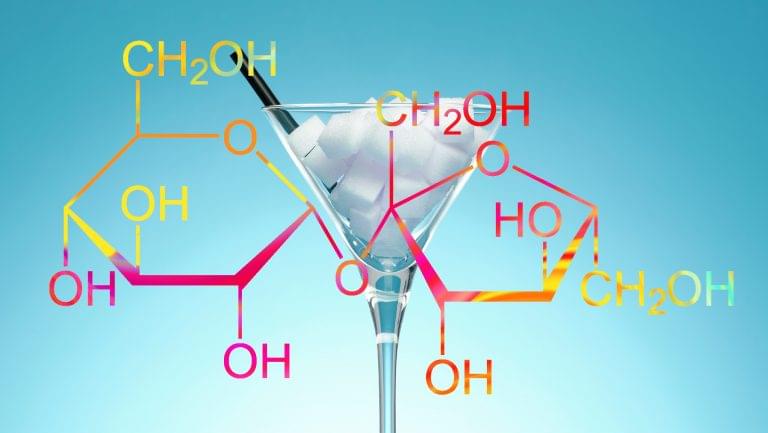
The Science of Sweetness in Cocktails
How bartenders use sugar in mixed drinks—and what researchers say about our perception of sweetness
Bruns believes her salt is unique and “not a shy salt. It finishes with a little sweetness, very round and full-flavored.” That roundness comes from minerals such as calcium, magnesium, and potassium, which attach to the salt. “Technically, the brine runs through rock formations,” Bruns adds, “picking up all those different minerals”—about 6 percent trace minerals are added to her salt in this manner. Those trace minerals contribute not only roundness and sweetness, Bruns says, but a distinct brininess and sweet citrus note.
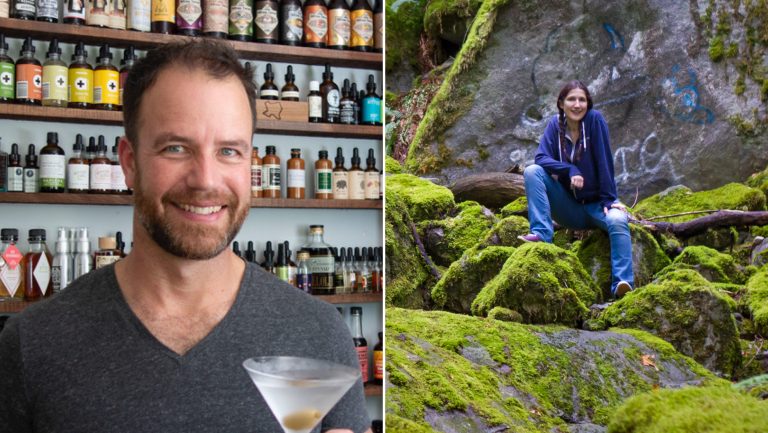
Depending on a salt’s geographic location, its mineral content could run much higher. Bitterman describes Haleakala Ruby coarse Hawaiian sea salt—sold through his Bitterman Salt Co.—as having as much as 16 percent trace minerals, compared with less than 1 percent in kosher salt. To Bitterman, trace minerals equal flavor—he describes the Haleakala Ruby as “a big, fat, luscious salt. If you put that in something, you’ll know it.”
Shannon Mustipher, a bartender and the author of Tiki: Modern Tropical Cocktails, believes there is a salt for every drink.
Her method of finding that salt has to do with where the salt and the drinks come from. She argues that “if it grows together, it goes together” and tries to pair spirits and beverages with salts from the same region, or incorporating ideas from the region’s cuisines. “I use various salts, depending on the end in mind,” she says. “For tropical cocktails, I have a tendency toward pink Himalayan. Cocktails involving gin or aquavit are great with lava- and ash-based salts. [I use] Maldon and flaky sea salts for martinis.”
Flavored Salts
Flavored salts are made and used within specific cultures or crafted by chefs and bartenders themselves. “There are all sorts of cultural practices,” says McKinnon. “You take a salt and bake it; you blend it with other materials. [Or] you mix it with activated charcoal. You [can] shove it in with clay inside bamboo and [place] temperature controls on it [i.e., when baked at 1,500 degrees Celsius, it’s considered purple bamboo salt]. All of those [methods] can modify the structure of salt or coat it with other materials,” which contributes to both its flavor and texture.
Some examples of such flavored salts are kala namak, a sulfurous Indian black salt baked with charcoal and spices, and sal de gusano, a Mexican salt mixed with chiles and worm larvae. There are many ways to flavor salt, including smoking, baking, and aging, or by adding herbs, activated charcoal, fruit, or pepper.
Mike Di Tota, the corporate beverage director of Corner Table Restaurants, uses a variety of flavored salts; one of his favorites, Tajín, is a mixture of salt, chiles, and lime juice from Mexico. He adds it to the rim of a hibiscus-infused tequila-and-watermelon margarita. “Not only do you have this beautiful crimson, ruby red drink,” he says, “but you have this really cool, flashy red salted rim.”
Di Tota also loves smoked salts, using a pinch of it in a cordial he makes with grapefruit and black cardamom—he combines that cordial in a drink with a smoked-salt rim, doubling the drink’s overall salinity.

Experimenting with Salt
According to Gary Beauchamp, Ph.D., a flavor scientist at Monell Chemical Senses Center in Philadelphia, salt doesn’t just add flavor—it suppresses bitterness. “The sodium will reduce the intensity of bitterness,” he says, “[and] since the bitterness actually [suppresses] the sweetness, by adding salt you’ll enhance sweetness, suppressing the suppressor.”
In addition to the traditional salt rims, bartenders and beverage managers are adding salt directly to drinks, making a salt tincture, or creating salt foam. Each method yields distinctive results.
Miguel Lancha, the cocktail innovator at chef José Andrés’s Think Food Group in Washington, D.C., uses various methods to add salt to drinks but is best known for using “salt air.” “[It’s] an emulsion made with water, lime juice, kosher salt, and Sucro [an emulsifier used in modernist cuisine],” he says. The cloudlike foam is scooped onto the surface of a straight-up margarita, contributing both salty flavor and texture to the drink.
Lancha also uses a saline formula with a water-to-salt ratio of 4 to 1. When using this salt tincture, Lancha adds “anywhere between two and six hits [or 1/2 to 1 1/2 dashes] to a drink, although most times, three to four hits gets me to the drink’s bliss point.”

Bartenders can also add salt directly to a cocktail. In each case, Mustipher believes that the addition of salt to a drink affects its texture, saying, “Salt can add body, weight, and mouthfeel to a cocktail.”
With the vast array of choices—and the various functions that salt might serve—salt is ripe for experimentation beyond the same table salt behind the bar and the same two drinks. Bitterman suggests that bartenders should “go buy three or four good mineral-rich salts, buy three or four good rimming salts … and play.” With that variety, Bitterman believes, “you can accomplish all kinds of cool things, and frankly, it’s fun.”

Dispatch
Sign up for our award-winning newsletter
Don’t miss the latest drinks industry news and insights—delivered to your inbox every week.
Derek Brown is an expert on spirits and cocktails who is based in Washington, D.C. He is the author of Spirits, Sugar, Water, Bitters: How the Cocktail Conquered the World. Follow him on Twitter and Instagram @ideasimprove.



